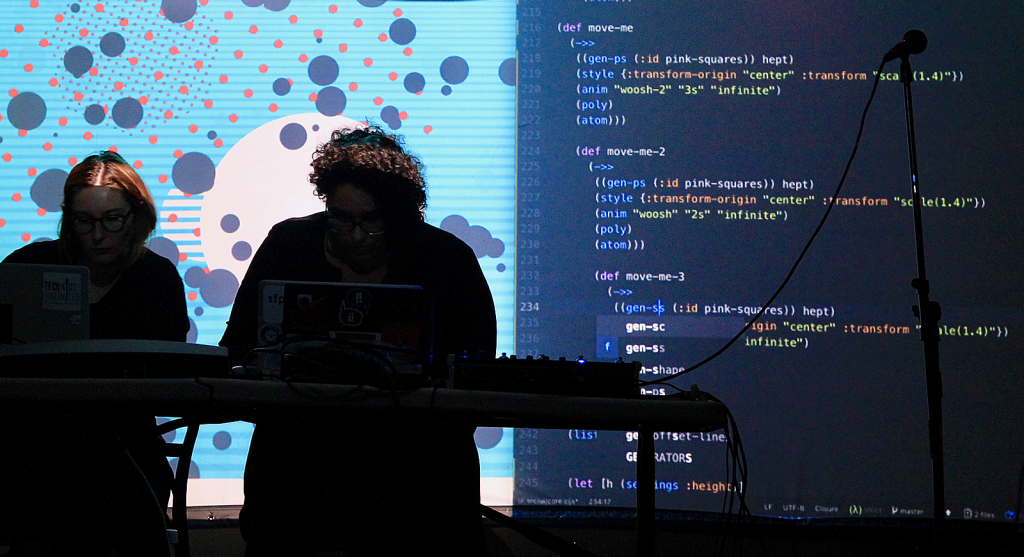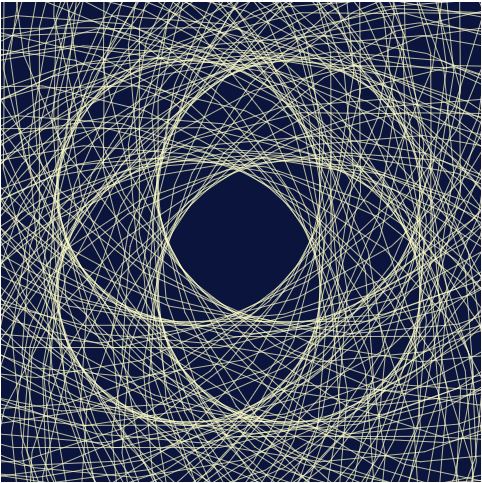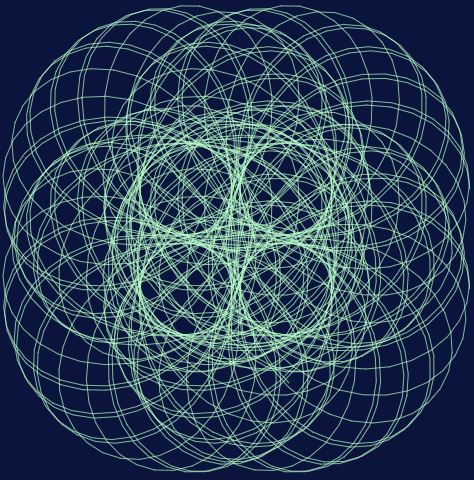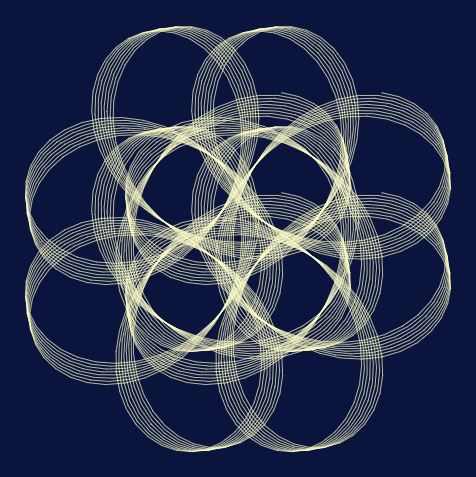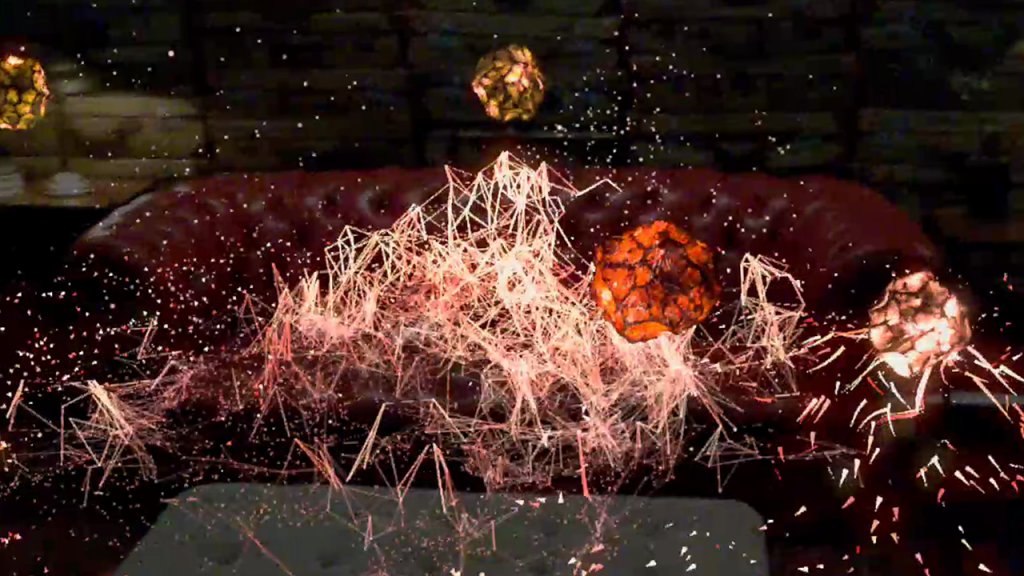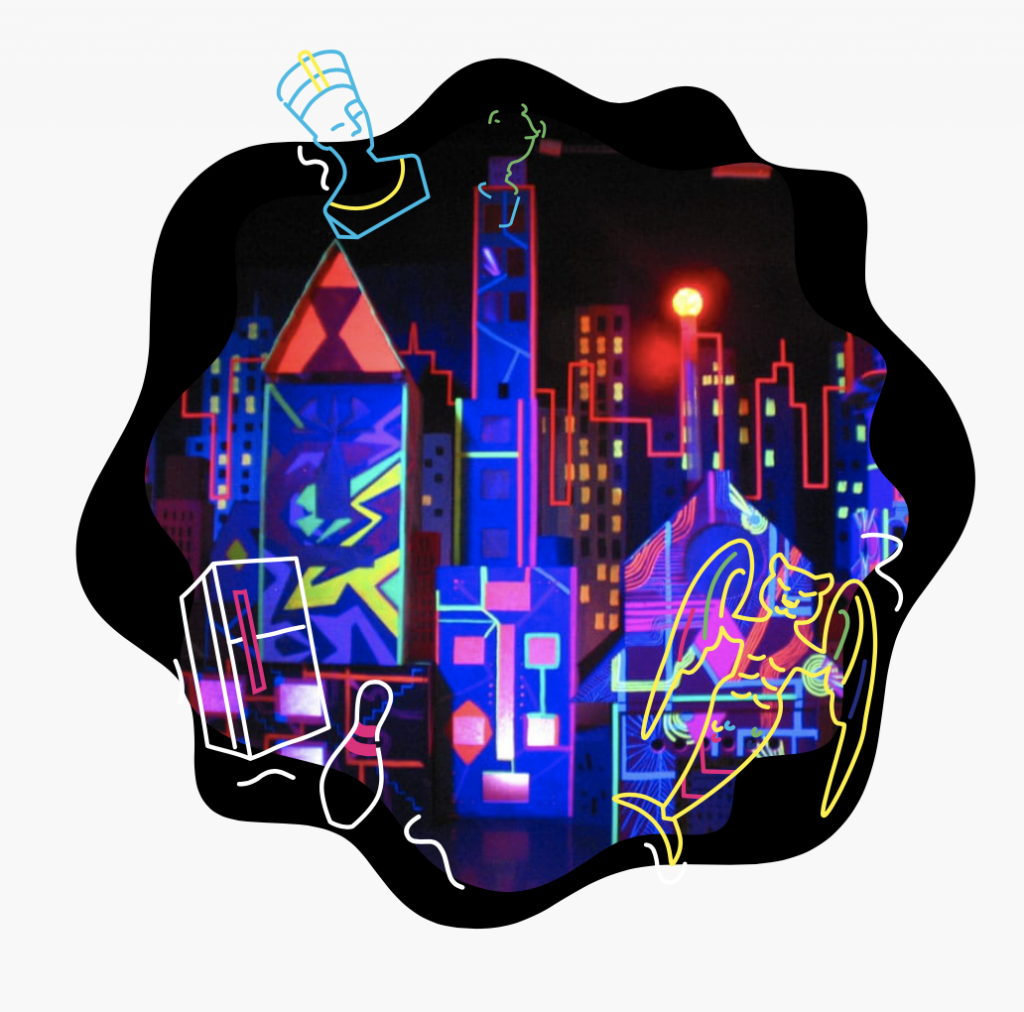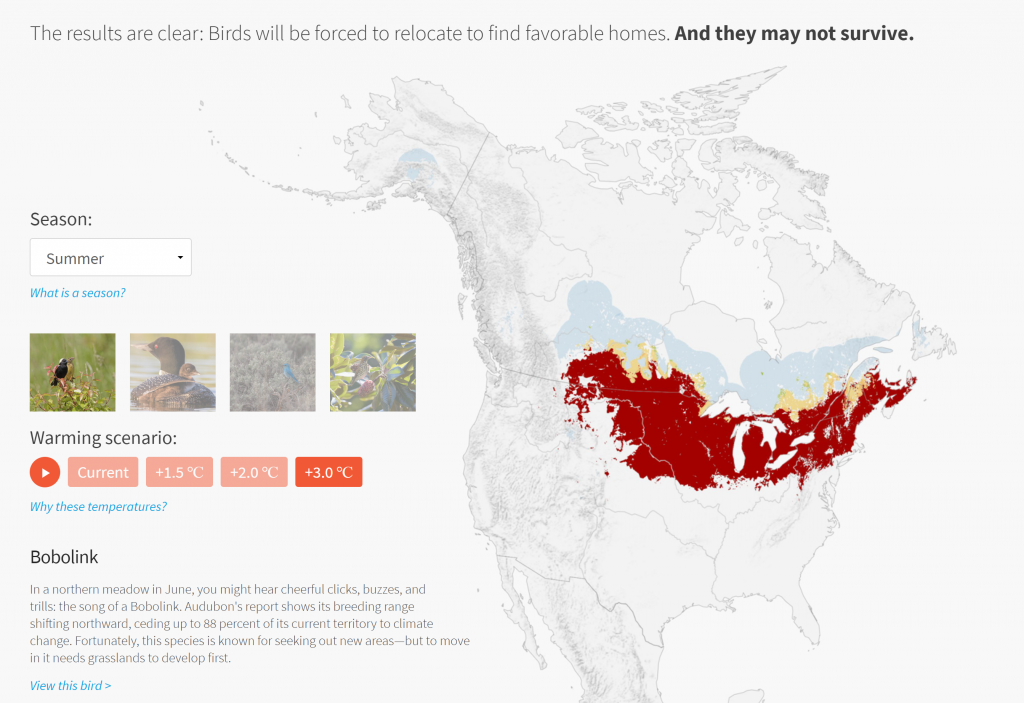Derek Watkins is a Graphics Editor at the New York Times and is a designer, developer, reporter, and geographer. He studied Geography for both his Bachelors and Masters degrees and seems to have learned graphics programming on his own (I am not 100% certain about this, but I don’t see any explicit education in programming). Watkins presents himself as a journalist first, and a designer, cartographer, geographer, developer second. His main goal is to understand the considerations of the reader and to effectively present the story, so he finds himself with the initial job of storytelling and uses his skill set to do so. I enjoy Watkins’ work largely because of his use of low-level interaction and how when done well, can give the reader control of the article. The cognitive shift from reading a story to controlling a motion graphic can be a lot, and I appreciate the fine line between being too ambitious and just ambitious enough that Watkins is able to walk along to create an enjoyable and meaningful experience all at once. The projects that stand out to me the most are his animations for the 2016 Rio Olympics and his dispatch about the current climate science on the Antarctic ice sheet. These projects vary greatly when it comes to content and the amount of information being shared, but they both include simple ways in which the reader can interact with the article.


![[OLD FALL 2020] 15-104 • Introduction to Computing for Creative Practice](../../../../wp-content/uploads/2021/09/stop-banner.png)
